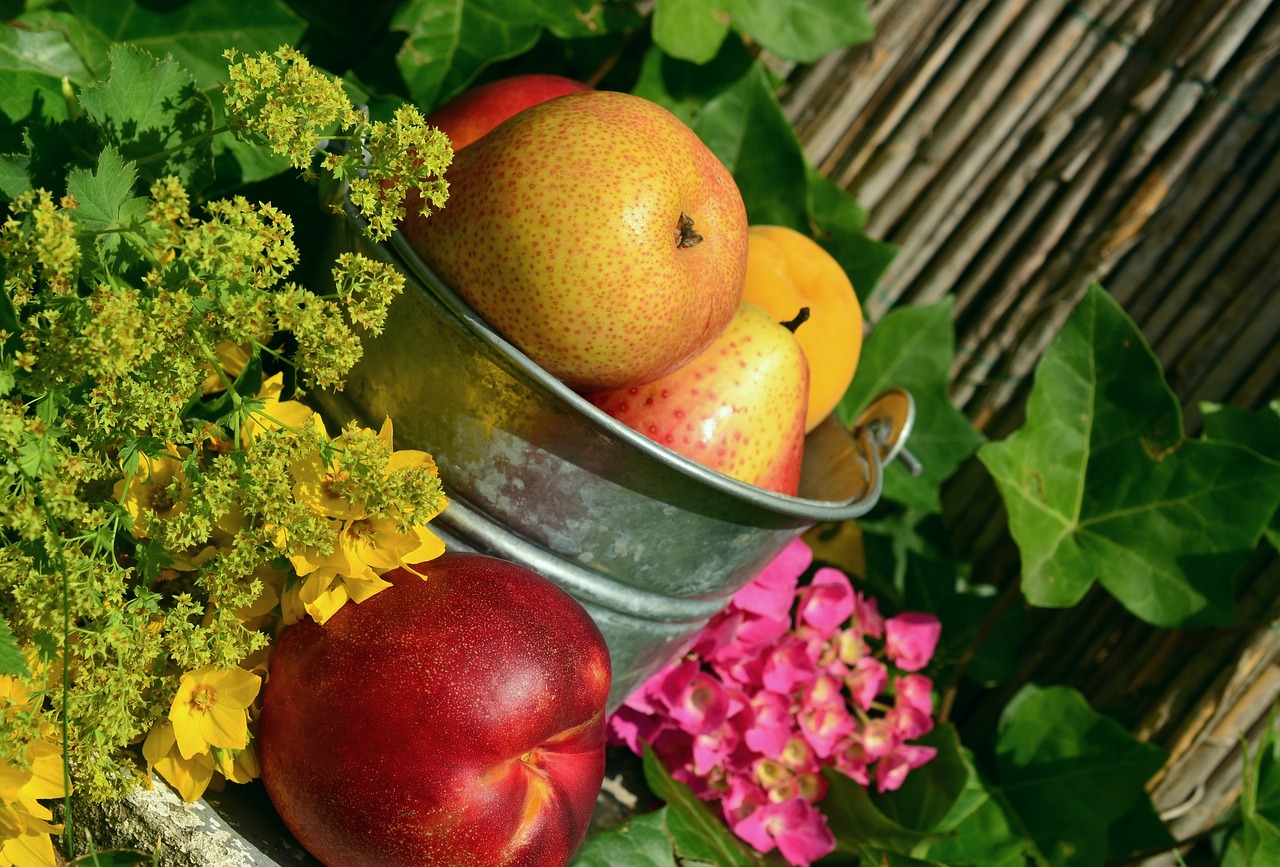The Art of Food Storytelling: Exploring Culinary Narratives
Culinary narratives play a vital role in shaping our understanding of food beyond mere sustenance. These stories weave together a tapestry of cultural heritage, personal memories, and societal traditions, providing insight into the diverse dimensions of our relationship with food. Through these narratives, we are able to explore the historical, social, and emotional significance of various culinary practices and ingredients.
By delving into culinary narratives, we gain a deeper appreciation for the richness and complexity of different cuisines around the world. These stories not only shed light on the origins of particular dishes but also highlight the ingenuity and creativity embedded within culinary traditions. Through the sharing of these narratives, we are able to connect with others on a profound level, fostering a sense of community and understanding across cultural boundaries.
The Connection Between Food and Culture
Food serves as a universal language that transcends borders, connecting people across cultures and histories. It acts as a tangible expression of a community’s beliefs, values, and traditions, reflecting the essence of its culture. Through the preparation and sharing of food, individuals can gain insight into the customs, rituals, and social norms of a particular society.
The interplay between food and culture is evident in the way recipes are passed down through generations, carrying with them stories of ancestors and heritage. By partaking in traditional dishes, individuals not only satisfy their hunger but also embark on a sensory journey that unravels the intricate tapestry of a culture’s identity. The distinct flavors, ingredients, and cooking techniques present in a cuisine narrate a story of resilience, adaptation, and evolution over time.
Why do culinary narratives matter?
Culinary narratives are important because they help us understand the history, traditions, and values of a particular culture. Food is a universal language that connects people, and by exploring the culinary narratives of different cultures, we can gain a deeper appreciation for their unique identity.
How does food connect to culture?
Food is an integral part of culture as it reflects the geography, history, and beliefs of a society. Different cuisines and culinary practices are often passed down through generations, shaping the way people eat and socialize. Sharing a meal with others is a common way to bond and express hospitality in many cultures.
What role does food play in cultural celebrations?
Food plays a central role in cultural celebrations as it is often used to commemorate special occasions and bring people together. Traditional dishes are prepared during festivals and holidays to honor cultural heritage and create a sense of community among participants.
How does globalization impact food culture?
Globalization has led to the spread of different cuisines and culinary practices around the world. As people become more connected through travel and technology, food cultures have become more diverse and hybridized. This exchange of culinary traditions has enriched the global food landscape but also raised concerns about cultural appropriation.
Can food help preserve cultural heritage?
Yes, food can help preserve cultural heritage by serving as a tangible link to the past. Traditional recipes and cooking techniques are often passed down through generations, allowing people to connect with their roots and preserve their cultural identity. By promoting and sharing traditional cuisine, communities can ensure that their cultural heritage is not lost.





